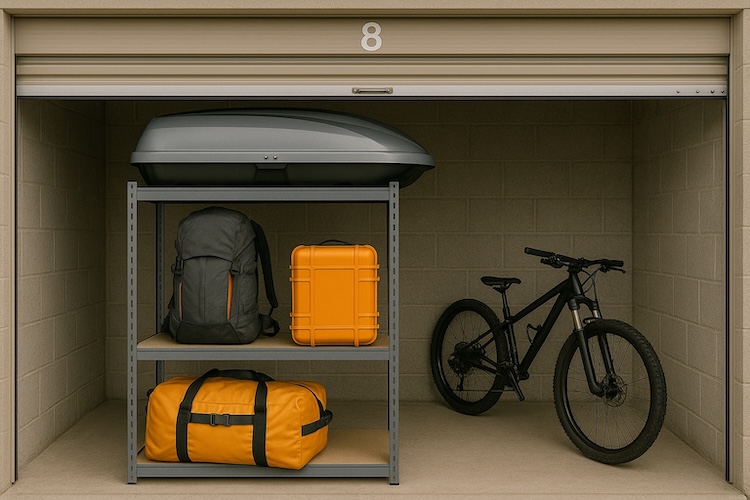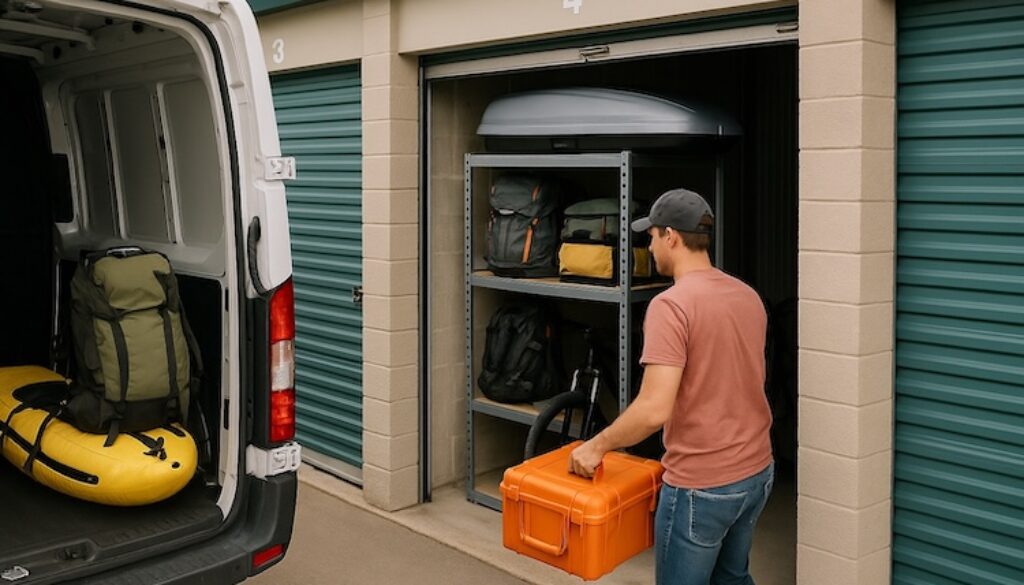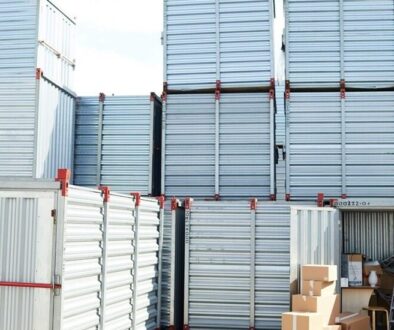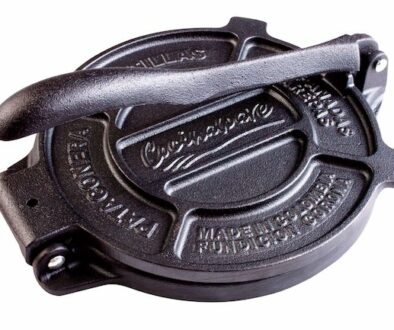Offloading Bulky Gear Without Losing Accessibility
Managing bulky equipment has been the dilemma of professionals and amateur enthusiasts for centuries. Traditionally, bulky tools and equipment were kept in rudimentary crates made of wood or special rooms, inhibiting access and creating messes. With advances in technology and storage solutions, the priority became optimizing space use without compromising easy access. In the modern age, offloading bulky equipment calls for balance between securing precious equipment and leaving it easily accessible whenever needed. Effective offloading measures mitigate damage, constrain messes, and optimize workflow. Read on to learn effective solutions for bulky equipment storage management, including techniques on organization, container usage, and optimizing space. Whether you’re handling heavy machinery, bulky tools, or larger-than-usual supplies, the correct offloading solution ensures your equipment is protected and at the ready whenever needed.
Assessing Available Storage Space
Before offloading bulky gear, it’s essential to assess your available storage space to ensure your equipment fits comfortably without causing clutter. Understanding the dimensions and layout of your storage area helps you plan how to arrange gear efficiently while maintaining easy access. Many find inspiration for organizing tight spaces in DIY 4th of July decorations, where creative use of small areas and smart storage solutions make a big impact. Taking the time to evaluate your space prevents overcrowding and ensures your bulky items are stored safely and accessibly. This thoughtful approach allows you to balance storage capacity with functionality, making your workspace or storage area both efficient and user-friendly. Proper assessment is the first step in developing a storage system that protects your gear and keeps it ready when you need it.
Statistics: Efficient space assessment can increase usable storage capacity by up to 30%, reducing the need for additional storage solutions.
Selecting Suitable Containers
Choosing the right containers for offloading bulky gear is vital to protect your equipment and keep it organized. Containers should be sturdy enough to handle the weight and size of your gear while offering protection from dust, moisture, and potential impacts. Using containers with secure lids or locking mechanisms helps prevent accidental damage and keeps contents safe during storage or transport. The size and shape of containers also matter; they should accommodate your gear without forcing items in or leaving too much empty space. Proper container selection makes stacking easier and maximizes storage efficiency. Additionally, choosing containers that are easy to move or have wheels can simplify handling large or heavy items. Investing in quality containers not only prolongs the life of your bulky gear but also streamlines your workflow by making storage and retrieval more efficient.
Historical Note:
In the early 20th century, wooden crates were widely used for storing and transporting heavy machinery and equipment. These crates provided strong protection but were bulky and hard to move. Over time, advancements in materials led to the development of durable plastic and metal containers that offered better protection and easier handling, shaping the modern storage solutions we use today.
Organizing for Easy Access
Keeping bulky gear organized is key to maintaining easy access when you need it most. Without a clear system, large equipment can quickly become difficult to locate, leading to wasted time and frustration. Implementing simple organizational strategies can make a big difference in how smoothly your operations run.
Here are some helpful tips to improve accessibility:
- Group similar items together for quick retrieval
- Label containers clearly to avoid confusion
- Store frequently used gear at eye level or in front
By following these steps, you create a storage area that is not only neat but also functional. Organized storage reduces clutter, helps protect your equipment, and saves valuable time. Making sure bulky gear is easy to find encourages efficient work habits and keeps your space safe and manageable, even when dealing with large or heavy items.
Using Vertical and Hidden Spaces
Capitalizing on vertical and concealed storage locations is an effective means to offload cumbersome equipment without sacrificing access to it. Storage areas have blank spaces in the unused areas of the walls, ceilings, or in the corners to transform to useful storage locations. Wall mount racks or high shelf unit racks assist in lifting heavy equipment off the floor, releasing workspace and enhancing the space’s safety. Top storage areas or hooks on the ceiling create room for equipment that is overly long or unusual in shape. Areas concealed by the stairs or by the space underneath the workbenches offer additional storage opportunities oftentimes overlooked. These areas save space for the lesser-used equipment but keep them within easy reach for the time they’re used. By capitalizing on the most vertical and concealed areas, you maximize equipment storage space as you create open lanes with easy access to your equipment. By doing so, you counterbalance the need to store cumbersome equipment with efficient utilization of workspace in protecting your equipment from being damaged and pressing it for easy access simultaneously without over-populating your environment. The use of the complete range of available space constitutes effective and efficient storage practice ready to apply to any equipment-intensive setup.

Protecting Gear During Storage
Protecting your bulky gear while it’s in storage is crucial to keep it in good condition and ready for use. Taking simple precautions can prevent damage caused by dust, moisture, or accidental impacts.
Here are some effective ways to safeguard your equipment:
- Cover gear with breathable cloths to avoid dust buildup
- Use moisture absorbers to prevent rust and mold
- Store heavy items on sturdy surfaces to avoid bending or warping
- Place padding between stacked items to reduce impact damage
Following these steps helps extend the lifespan of your bulky gear and reduces maintenance costs. Proper protection also ensures that your equipment performs well when you need it most. By paying attention to storage conditions and taking preventative measures, you maintain a safe and organized space that supports efficient access and use. Protecting your gear is a key part of any successful offloading strategy.
Final Tips for Accessibility
Maintaining easy access to your bulky gear requires ongoing attention and thoughtful organization. Regularly reviewing your storage setup helps identify areas where improvements can be made to keep your equipment accessible and safe. Make sure pathways remain clear and items are stored logically, grouping similar gear together for quick retrieval. Labeling containers and shelves improves visibility and speeds up the process of finding what you need. Consider investing in equipment like rolling carts or dollies to help move heavy items without strain. Keeping your storage space clean and clutter-free also supports accessibility and safety. By staying proactive and organized, you ensure your bulky gear is always ready when you need it, minimizing delays and frustration. With these practical tips, you can balance efficient offloading with easy access, creating a smooth and productive workflow.



